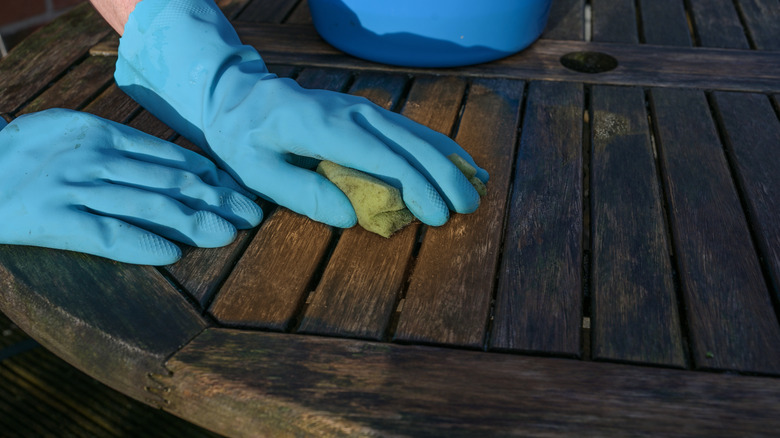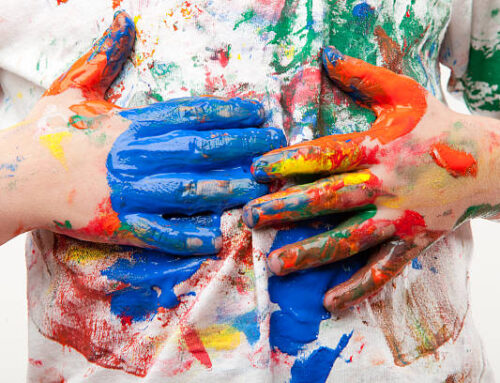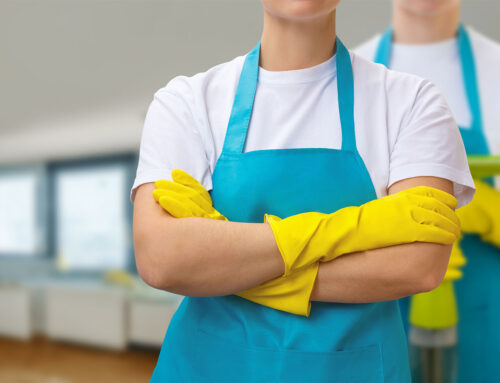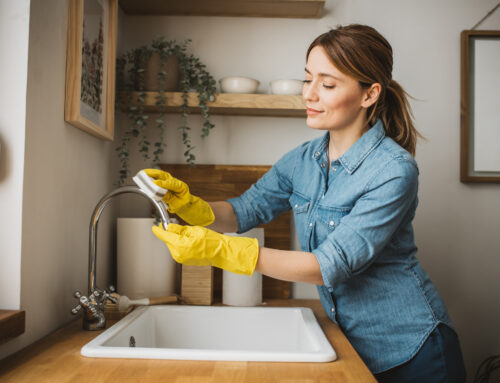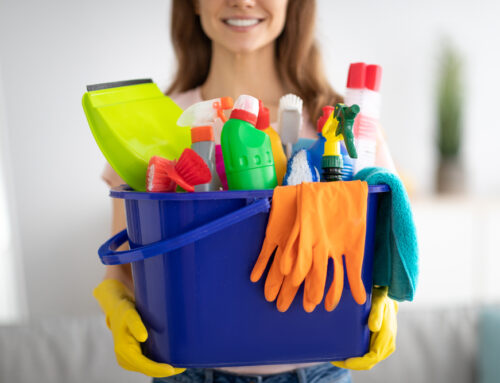Ever sat on your patio set and noticed it’s looking more like a dirt museum than a relaxing spot? Outdoor furniture battles the elements daily—sun, rain, wind, pollen, and even bird droppings. Keeping it clean not only helps it look good but also extends its lifespan. Whether you’re getting ready for summer parties or prepping for winter storage, a good cleaning routine is your furniture’s best friend.
Know Your Material – Different Types of Outdoor Furniture
Before grabbing a sponge, you’ve gotta know what you’re working with. Not all furniture is created equal—and neither is the way you clean it.
Wood (Teak, Eucalyptus, Cedar)
These woods are durable and naturally resistant to insects and rot, but they still need love. Teak can gray over time, and cedar can splinter if not maintained.
Metal (Aluminum, Steel, Wrought Iron)
Metal furniture is strong but prone to rust—especially if the paint chips or if water sneaks in.
Plastic and Resin
Lightweight and budget-friendly, plastic and resin are easy to clean but can fade and discolor under sun exposure.
Wicker (Natural vs. Synthetic)
Natural wicker is more delicate and can break down faster. Synthetic versions are more weather-resistant but still need cleaning.
Glass Tabletops
These are magnets for water spots, fingerprints, and pollen. A good wipe-down makes a big difference.
Fabric Cushions and Upholstery
If you want your cushions to smell like summer and not mildew, proper care is a must.
Essential Tools and Supplies for Cleaning
Basic Cleaning Supplies
-
Soft-bristle brushes
-
Buckets
-
Garden hose
-
Microfiber cloths
-
Mild dish soap
Specialty Cleaners
-
Wood cleaner or teak oil
-
Rust remover
-
Upholstery cleaner
-
Mold and mildew sprays
Safety Gear and Precautions
-
Gloves
-
Eye protection (especially when using chemicals)
-
Test cleaners on a small area first
Step-by-Step Cleaning Instructions by Material
Cleaning Wooden Furniture
-
Mix warm water with mild soap.
-
Use a soft brush to scrub the surface.
-
Rinse with a hose and let it air dry in the shade.
Removing Mold and Mildew
Try white vinegar and water or a diluted bleach solution. Scrub, rinse, and dry thoroughly.
Sanding and Resealing Tips
Lightly sand any rough spots and reseal annually with wood sealant or oil.
Cleaning Metal Furniture
-
Wipe off loose dirt with a damp cloth.
-
Mix dish soap and water, then scrub with a soft brush.
-
Dry completely to prevent rust.
Preventing and Removing Rust
Use steel wool or a rust remover for problem areas. Spray on a rust-inhibiting primer and paint if needed.
Cleaning Plastic or Resin Furniture
-
Combine vinegar and baking soda for a natural cleaner.
-
Scrub gently with a sponge.
-
Rinse and dry in the sun.
Getting Rid of Discoloration
A mix of bleach and water (10:1 ratio) can help with stubborn stains—just be sure to rinse well.
Cleaning Wicker Furniture
Vacuum first to remove dust. Use soapy water and a soft brush to clean crevices. Rinse lightly and let air dry completely.
How to Avoid Damage During Cleaning
Never soak wicker. Moisture can warp the shape and promote mold.
Cleaning Glass Surfaces
-
Use vinegar or glass cleaner with a microfiber cloth.
-
Dry thoroughly to avoid water spots.
Avoiding Streaks and Scratches
Avoid abrasive pads—stick with soft cloths.
Cleaning Outdoor Cushions
Remove the covers (if possible) and wash according to the label.
Spot Cleaning vs. Deep Cleaning
For tough stains, use a vinegar and soap mix. For a deep clean, use a hose and scrub both sides.
Eco-Friendly Cleaning Alternatives
Homemade Cleaning Solutions
-
Vinegar + baking soda (great for general use)
-
Lemon juice + salt (helps with rust)
Natural Mold and Mildew Removers
-
White vinegar
-
Tea tree oil and water spray
Seasonal Deep Cleaning Tips
Spring Refresh
-
Clean everything before setting it up
-
Check for winter damage
Prepping for Winter Storage
-
Clean and dry all furniture
-
Cover or store it indoors
Maintenance Tips to Keep Furniture Looking New
Weekly and Monthly Routines
-
Wipe down surfaces weekly
-
Check for damage monthly
How to Protect Furniture from Weather
-
Use waterproof covers
-
Move cushions indoors during rain
Common Cleaning Mistakes to Avoid
-
Using harsh chemicals that damage finishes
-
Pressure washing delicate materials
-
Letting water sit—hello, mildew!
-
Skipping drying—always dry thoroughly
When to Repair or Replace Your Furniture
If cleaning doesn’t revive it, look for:
-
Wobbly frames
-
Torn cushions beyond repair
-
Deep rust or rot
Sometimes it’s just time for a fresh set!
Conclusion
Outdoor furniture can turn your patio into paradise—but only if you take care of it. A little soap and water can go a long way, and knowing how to treat each material ensures your furniture will last season after season. So grab your hose, put on some music, and give that patio set the spa day it deserves!
FAQs
1. How often should I clean outdoor furniture?
At least once every season, but monthly wipe-downs help keep it in top shape.
2. What’s the best way to clean bird droppings off furniture?
Use warm water and dish soap. For stubborn spots, try a baking soda paste.
3. Can I pressure wash outdoor furniture?
Yes—but only on sturdy surfaces like metal or plastic. Avoid wicker or wood.
4. How do I remove sap from wooden furniture?
Rub with rubbing alcohol or a mixture of vinegar and water.
5. Is it okay to leave outdoor cushions out in the rain?
Not ideal. Store them or cover them to prevent mold and mildew.

